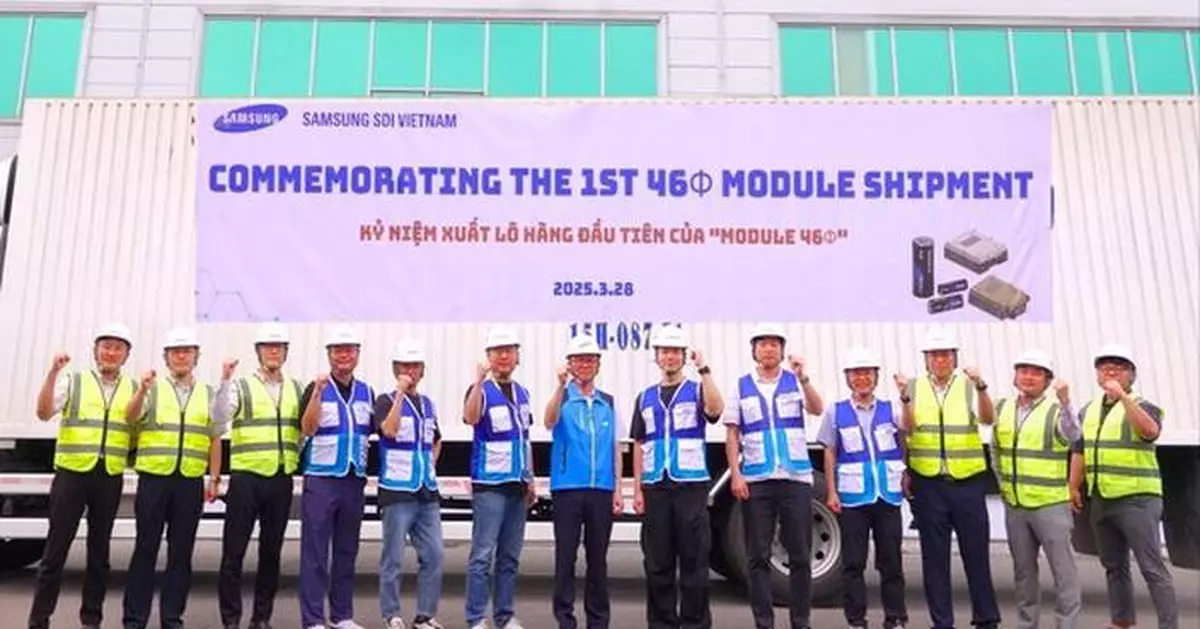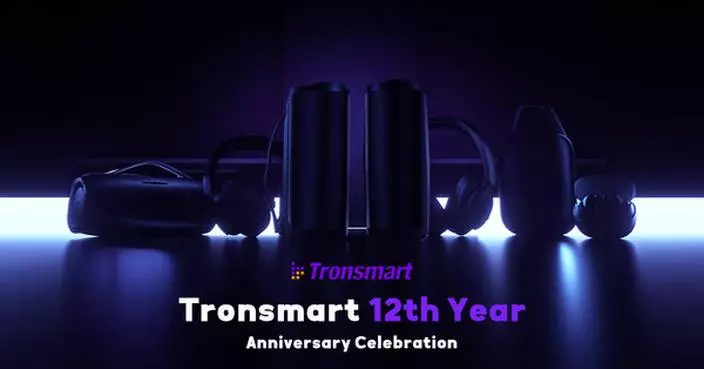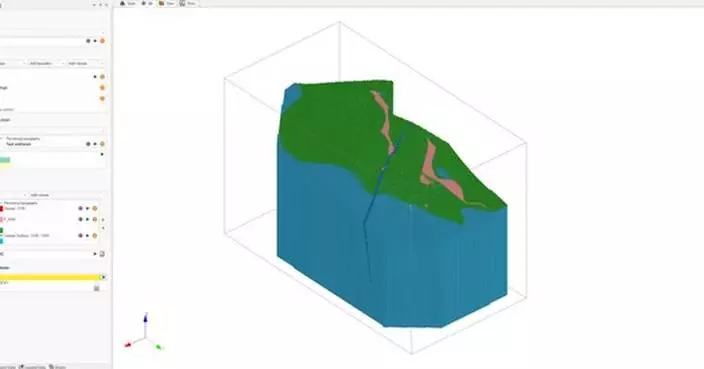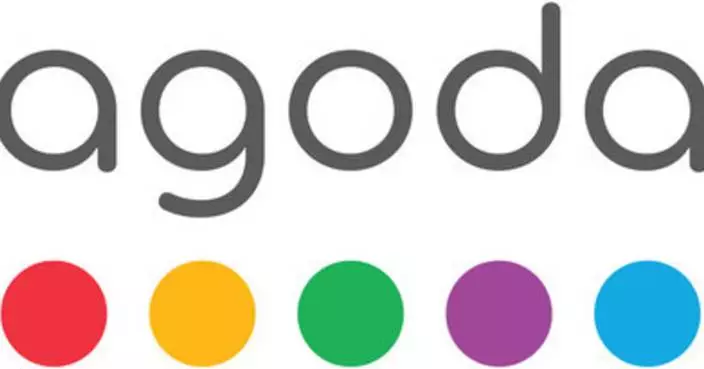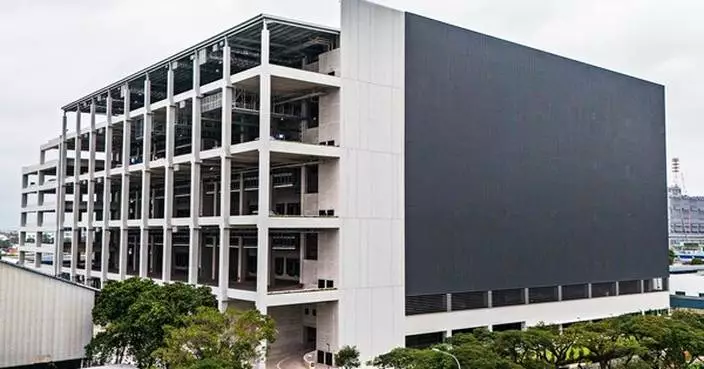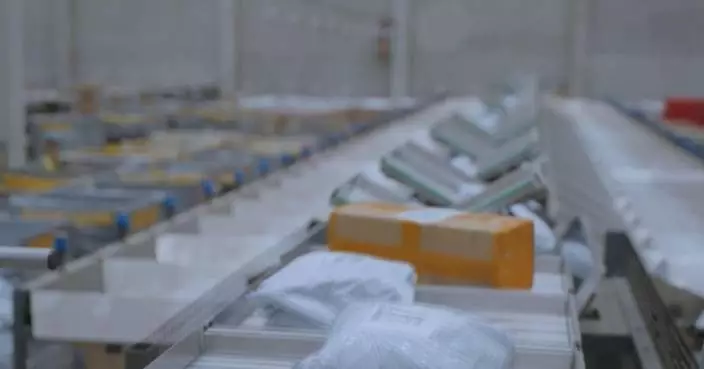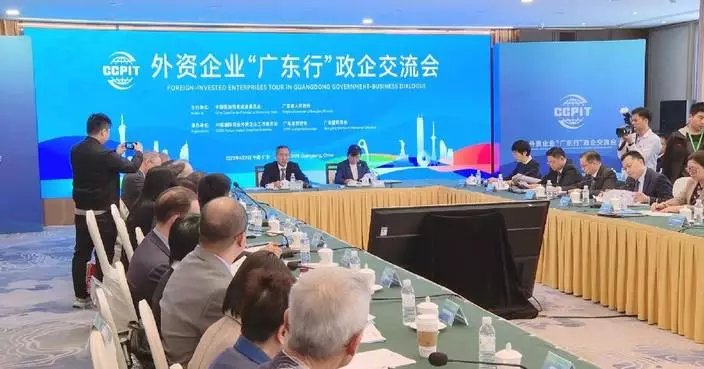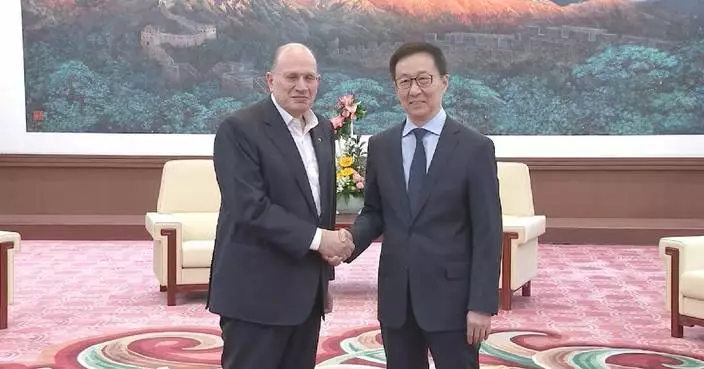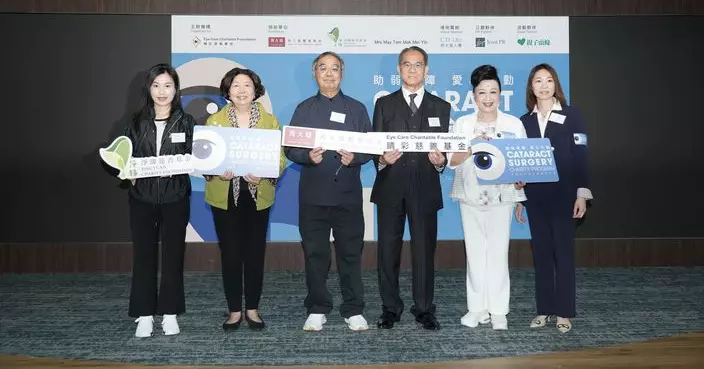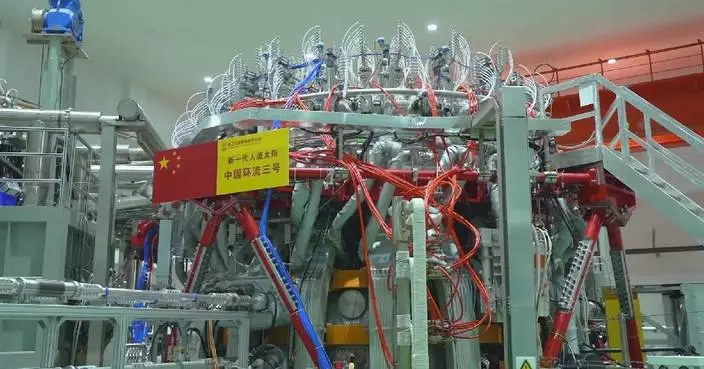Larger-size cylindrical batteries produced for use in micro mobility and to be expanded for electric vehicles
Product portfolio diversified with 46-series addition, enabling the company to take market leadership
SEOUL, South Korea, March 31, 2025 /PRNewswire/ -- Samsung SDI today announced the company has embarked on production of 46-series cylindrical batteries with a diameter of 46 millimeters, known as the next generation of cylindrical batteries.
Samsung SDI has become the first Korean battery maker to start supplying 46-series batteries for overseas customers and plans to expand its customer base with this announcement.
The company said it recently commemorated the first shipment of 4695 battery modules at its Vietnam subsidiary.
4695 batteries, mearsuring 46 millimeters in diameter and 95 millimeters in height, are produced at Samsung SDI's plant in Cheonan, South Chungcheong Province of South Korea, and assembled into modules at the Vietnam subsidiary. The modules will be initially supplied for an American customer for use in micro mobility applications.
Samsung SDI highlights the company has begun production of the next-generation products more than a year earlier than planned, owing to its differentiated manufacturing competitiveness, technological edge and quality management.
Samsung SDI's 46-series batteries feature high-nickel NCA (Nickel, Cobalt and Aluminum) cathode and proprietary SCN (Silicon Carbon Nanocomposite) anode.
With the cutting-edge chemistry, the company has heightened both energy density and lifespan of the cylindrical products, while preventing the batteries from swelling as part of strengthening safety.
Samsung SDI has also adopted a tabless design for the 46-series, where the electrodes are connected directly to the current collectors without the need for traditional tabs. This has improved the current flow path and reduced internal resistance by 90 percent, providing higher outage.
In addition, 46-series batteries are about six times larger in energy capacity than predecessor 21700 batteries with a diameter of 21 millimeters and a height of 79 millimeters, enabling customers to use fewer cells for the same capacity.
Samsung SDI unveiled its 46-series lineup, consisting of four sizes (4680, 4695, 46100 and 46120) at InterBattery 2025, the largest trade show held in Korea, earlier this month. It has announced the company will commence mass production within the first quarter of this year.
The company is currently in talks with major electric vehicle manufacturers for supplies of 46-series batteries. With the start of the 4695 production, the company expects to supply for EV makers in the near future.
According to market researcher SNE Research, the global market for 46-series cylindrical batteries is forecast to grow from 155GWh this year to 650GWh in 2030 by an annual growth rate of 33 percent.
"With the initial supply of 46-series batteries, the company has diversified its product portfolio," an official at Samsung SDI said. "The company will continue efforts to take the lead in the 46-series market with differentiated manufacturing technology and quality."
About Samsung SDI
Samsung SDI, headquartered in the Republic of Korea, is a world-leading battery and electronic material manufacturer redefining the worlds of electric vehicles, energy storage systems and IT devices. The company drives transformation and innovation to emerge as a leader across the fields of e-mobility, energy solutions, as well as semiconductors and displays. The company commits to sourcing 100% renewable electricity across its entire global operations by 2050. For the latest news, please visit the Samsung SDI News at https://www.samsungsdi.com/sdi-news/list.html.
** The press release content is from PR Newswire. Bastille Post is not involved in its creation. **
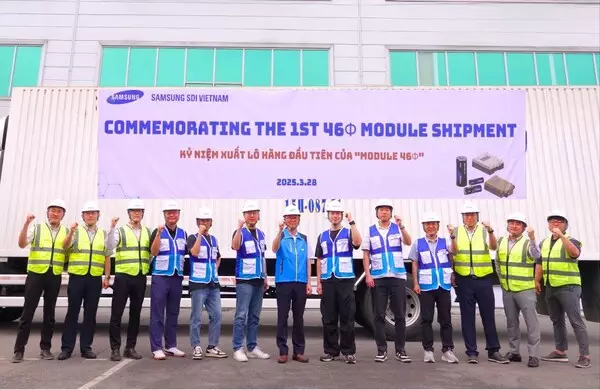
Samsung SDI Begins Production of 46-Series Cylindrical Batteries and Initial Supply for U.S. Customer
Like a 'well-oiled machine:' Partnership delivers third agrivoltaics project, supporting dual use of land for solar energy generation and future sheep grazing in north island location
AUCKLAND, New Zealand, April 3, 2025 /PRNewswire/ -- Trinasolar, a global smart photovoltaic (PV) and energy storage solutions provider, has partnered with Lodestone Energy to bring Te Herenga o Te RÄ, one of New Zealand's latest and largest agrivoltaics farm, into operation this year. Situated along the border of the Waiotahe River in the ÅŒpÅtiki District, the converted dairy farm will deliver clean renewable energy to the region while preserving the land's agricultural value for sheep grazing under the modules.
Construction of the 71,000+ module utility-scale solar farm began in December 2023 and achieved first generation in December 2024, with the project's construction progressing faster than anticipated. This was due, in part, to the ongoing partnership between module supplier, Trinasolar and Lodestone. As the third agrivoltaics project developed together, ongoing collaboration enabled the refinement of construction processes. Incremental improvements in small and repetitive installation tasks translated to large efficiencies at scale—significantly accelerating the construction schedule. Once fully operational, the 42MWp farm will generate 69 GWh of clean energy annually, enough to power nearly 10,000 homes, and is the first solar project in New Zealand to feed directly into the grid.
Agrivoltaics: Energy and Agriculture Side-by-Side
Like Lodestone's other farms, Te Herenga o Te RÄ, plans to integrate sheep grazing beneath elevated solar modules, allowing livestock and renewable energy production to coexist. The elevated panelling design provides shade for sheep during warmer months, reducing heat stress, while their natural grazing controls grass growth under the modules—reducing maintenance costs, herbicide use, and machinery emissions.
Connor Dent, grazing lessee and pastoralist of Lodestone's first agrivoltaics project, KohirÄ, has found the experience overwhelmingly positive,
"As a civil engineer, I was directly involved in constructing Lodestone's first solar farm, KohirÄ, which gave me a unique perspective on the project from the ground up. Through this work, I became aware of the opportunity to trial grazing under the panels and was keen to take it on," he said.
"Since then, I've seen firsthand the benefits of agrivoltaics for both the land and livestock. The panels provide shelter, which has improved lamb survival rates, and we've noticed better grass retention through dry periods. There are some challenges, like managing fertiliser application and working the dogs when the panels are tilted, but overall, it's been a really positive experience. Seeing the project through from construction, to now farming on the land has been incredibly rewarding."
Strong Partnerships Driving Success
This project builds on the longstanding partnership between Lodestone Energy and Trinasolar, which has now seen nearly 200,000 Trinasolar modules deployed across Lodestone's three operational solar farms in Kaitaia, Edgecumbe and the latest in Waitaohe.
Edison Zhou, Head of Trinasolar Australia & New Zealand, commented:
"We are proud to continue our strong partnership with Lodestone, delivering high-performance solar solutions for New Zealand's growing renewable energy sector. Te Herenga o Te RÄ is a standout example of how solar and agriculture can work together seamlessly, and we look forward to supporting more innovative projects in this space.
Globally, interest in agrivoltaics is accelerating, and Lodestone is at the forefront of delivering large-scale, dual-use projects. Their work is setting a benchmark for agrivoltaics initiatives worldwide, and we're excited to be part of their journey."
Gary Holden, Managing Director, Lodestone Energy, recognises the value of strong partners, "Ultimately, Trinasolar's Vertex N modules were the natural choice, offering superior efficiency and power. When delivering projects at scale, this efficiency becomes even more critical, ensuring we maximise energy output while maintaining reliability. The n-type i-TOPCon technology also enhances longevity, aligning with our commitment to building durable, high-performing solar farms.
With Te Herenga o Te RÄ, our largest solar farm yet, we've continued to strengthen our partnerships. Trinasolar's high-quality modules, robust supply chain, and on-ground support have been instrumental in making this project a success—our third collaboration with them.
With these three projects at full generation, we can power around 25,000 Kiwi homes each year," Holden said.
To complete the project, Lodestone Energy plans to reinstate the necessary infrastructure to support livestock, including new yards and fencing, before welcoming the next grazing lessee to Te Herenga o Te RÄ later this year.
Together with Lodestone Energy, Trinasolar is contributing to New Zealand's zero-carbon targets while setting global standards for agrivoltaics.
** The press release content is from PR Newswire. Bastille Post is not involved in its creation. **

Trinasolar and Lodestone Power Up Newest Agrivoltaics Solar Project in New Zealand



